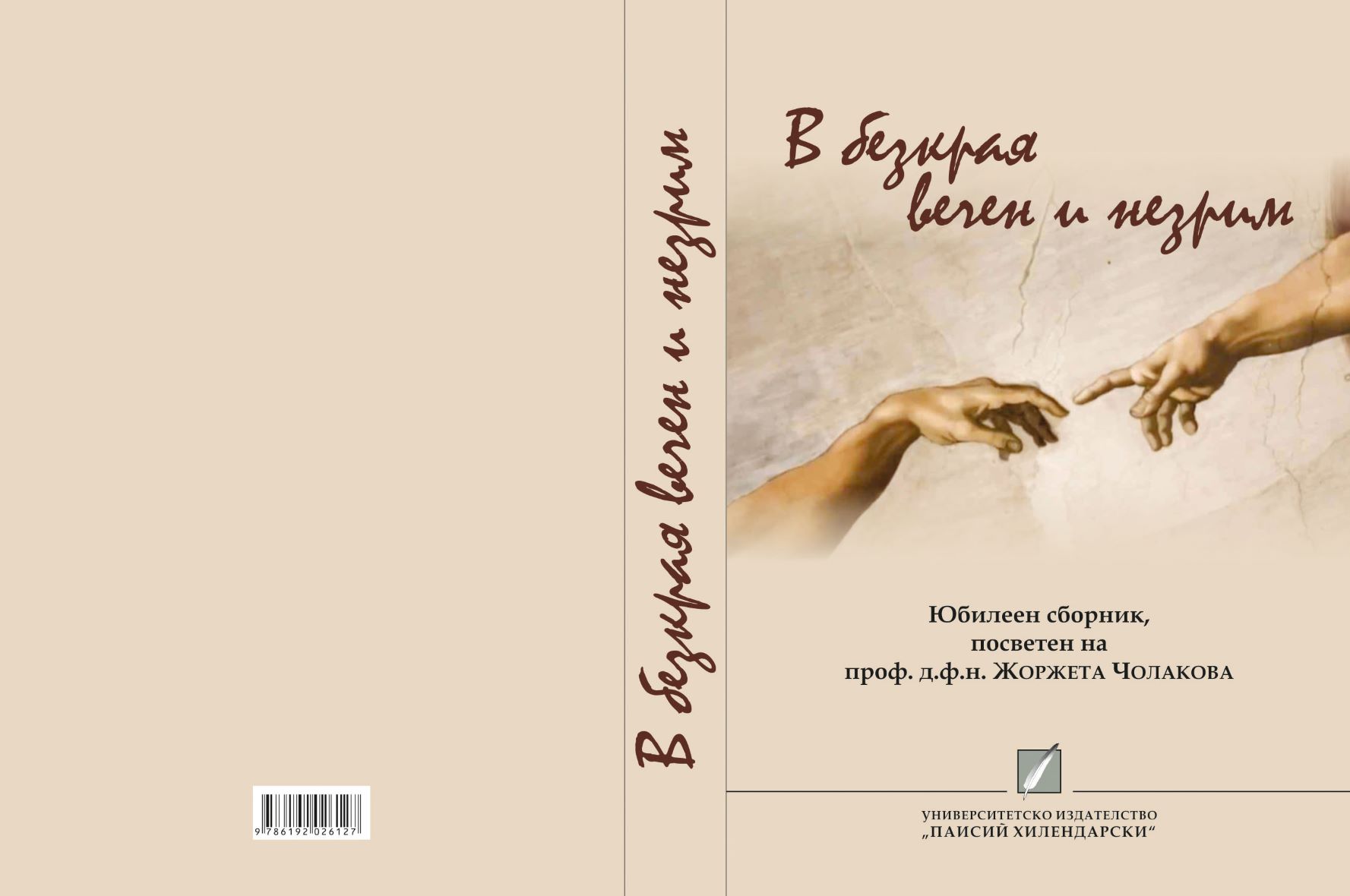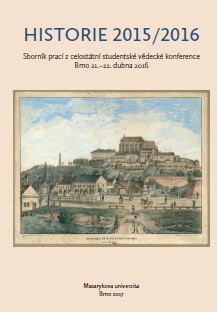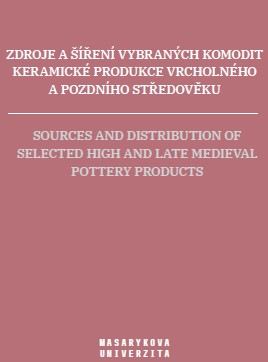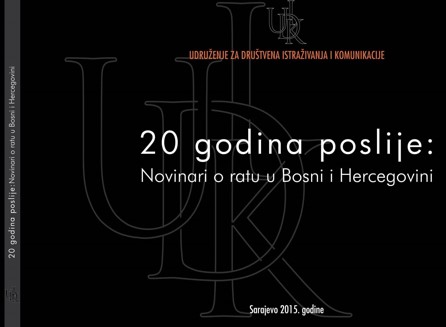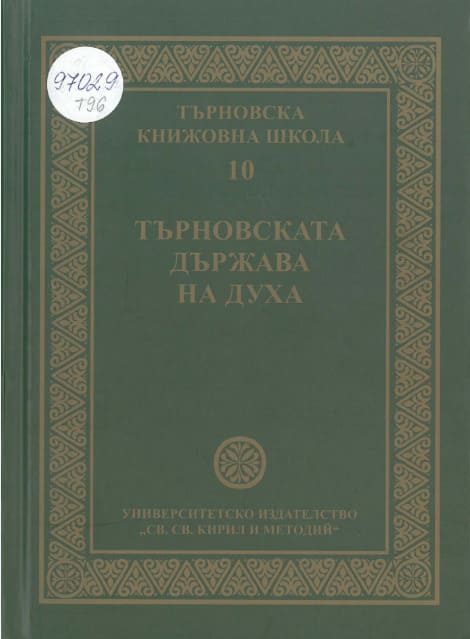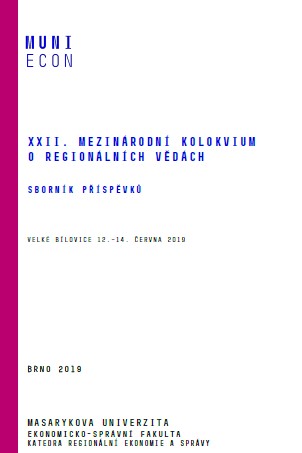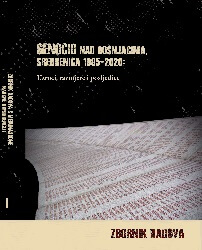
Zaštita civila i civilnog stanovništva u oružanom sukobu – s posebnim osvrtom na njihovu zaštitu u Srebrenici 1995. godine
In all wars that were fought up to now, beside soldiers of the combative sides and those serving in the employ of the combatants, a constant follower were also civilians and the civilian populace. That category of participants of every war, participating with no volition of their own, is often the greatest victim of each actual armed conflict. The makers of first international documents, the first humanitarians knew that, and so they tried to humanize armed conflict, putting forth and adopting important humanitarian law conventions and acts, of which most notable are the Geneva and Hague conventions governing these issues. Civilians and civilian populations that, howsoever, is found on the occupied territory or is in and was found in the field of fire of an armed conflict, these international documents provide from protection. There are many kinds of protection, starting with the protection of the greatest values of human kind – protection of human life, and many other human values. In this paper, which I intend to present at the international scientific conference I will be espousing on the numerous rights of civilians and civilian populations in armed conflict, on the norms of international humanitarian law intended to protect civilian populace in armed conflict as governed by the Geneva and Hague conventions and other relevant international instruments, those applying on civilians present in the times of armed conflict, as well as to those interned. Normative determination of the position of protected persons, domiciled populace, foreigners, interned persons and others, through the insurance of their nourishment, accommodation, hygiene, medical care, enactment of religious rites, intellectual and physical activities, protection of personal property and financial instruments, ensuring legal representation, reallocation in times of armed conflict, and in particular in regards to civilian deaths – all of this will be the focus of my work. Special attention I will dedicate to the position of civilians and civilian population in the year 1995 during armed operations by the Army of Republic of Srpska in the United Nations protected enclave Srebrenica, as well as the consequences of violating the norms of international humanitarian law at that time. IN the end, I will give a certain overview of the normative protection of civilians and civilian populations today, the messages that are sent by the deaths of civilians and civilian populations of Srebrenica during war in July of 1995.
More...
